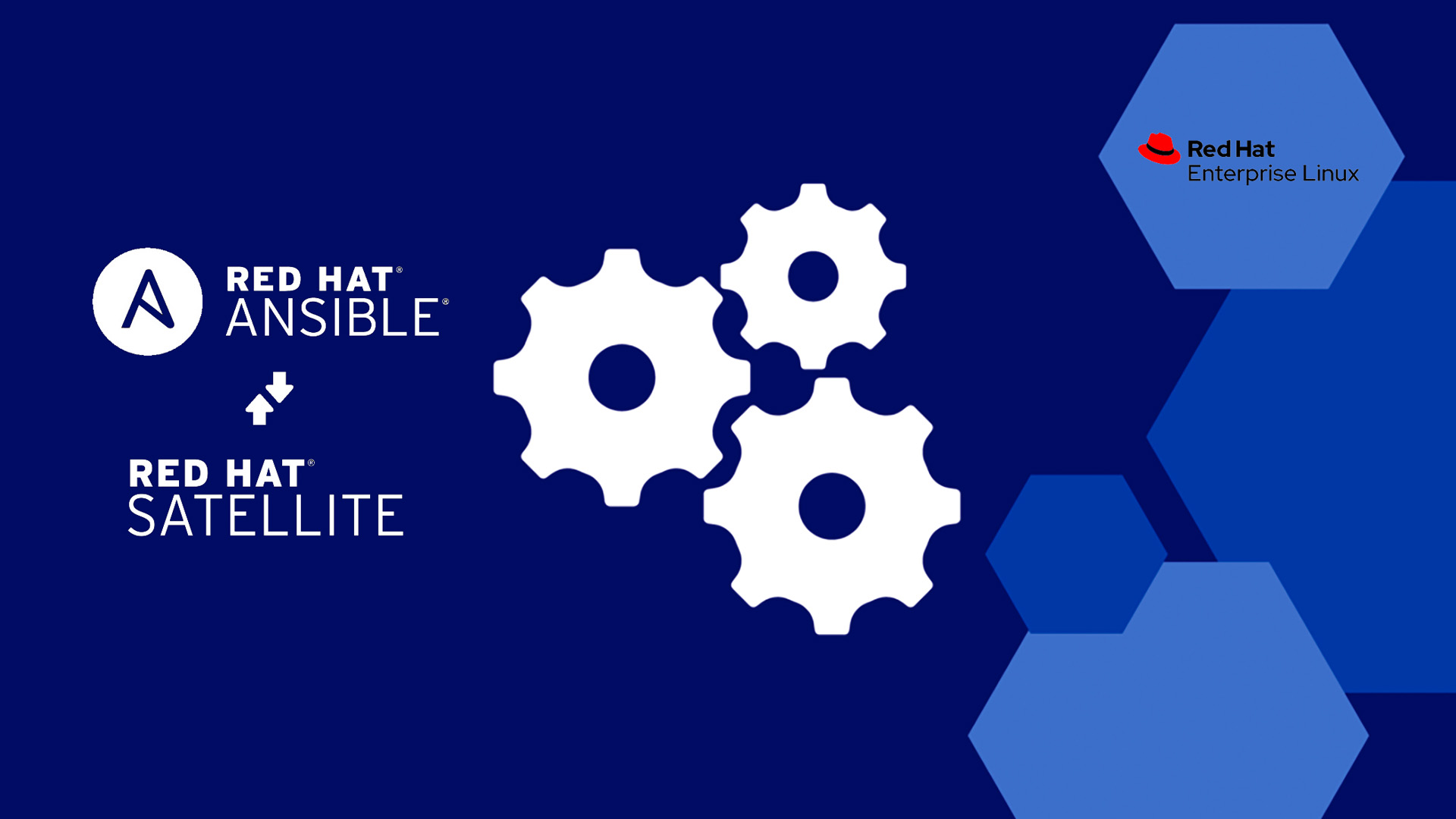The Consequences of EoL (End of Life) for RHEL and CentOS
As Red Hat Enterprise Linux (RHEL) versions 6 and 7, along with CentOS, approach their End of Life, organizations relying on these platforms face significant challenges. The EoL status means no more security updates, bug fixes, or official support, leaving systems vulnerable to new threats and compatibility issues.
Key Implications
Security Risks:
Without security patches, systems become susceptible to new vulnerabilities. This not only poses a threat to the system integrity but also to the data and applications running on it.Compliance Concerns:
Many industries require compliance with standards that mandate up-to-date security practices. Operating on EoL platforms can lead to non-compliance, resulting in legal and financial repercussions.Technical Support Void:
Post EoL, official support from Red Hat for these versions ceases. Organizations will be on their own to troubleshoot and resolve any issues that arise, which can be time-consuming and technically challenging.Integration and Compatibility Issues:
As technology evolves, newer applications and tools might not be compatible with older RHEL and CentOS versions, leading to integration challenges.
The EoL scenario presents a critical junction for IT departments: to upgrade to a supported version of RHEL or to explore alternative distributions. Failure to act can leave systems exposed and operations at risk.
Upgrading RHEL or CentOS: Challenges and Industry Perspectives
In the face of the EoL for RHEL 6, 7, and CentOS, upgrading to newer versions might seem like the straightforward choice. However, the reality in the tech industry suggests otherwise. Upgrading these systems is often riddled with complexities, making it a less favorable option for many organizations.
Key Challenges
Compatibility Issues:
Upgrading often means ensuring that existing applications and services are compatible with the new version. This can be a daunting task, especially for organizations with a vast array of applications or those running custom or legacy software.Resource Intensiveness:
The upgrade process is resource-intensive, requiring significant time and effort from IT teams. It involves meticulous planning, testing, and execution to ensure minimal disruption to business operations.Risk of Downtime:
There’s always a risk of downtime during the upgrade process, which can impact business operations. For critical systems, this risk is often unacceptable.Cost Considerations:
Beyond the direct costs of the upgrade process, there are indirect costs related to potential downtime, additional manpower, and training required for new system features and configurations.
Many organizations are considering alternatives to traditional on-premises RHEL or CentOS environments. There’s a growing inclination towards more flexible, scalable, and cost-effective solutions.
The rise of containerization and cloud-native technologies is leading some organizations to migrate to cloud-based solutions or to container-orchestrated environments like Kubernetes, which offer greater agility and scalability.
Alternatives to RHEL and CentOS, such as Ubuntu, are gaining traction due to their community support, ease of use, and compatibility with a wide range of applications.
While upgrading to the latest RHEL versions is a viable path for some, the challenges and industry shifts highlight why this route might not be the most favorable. Organizations are increasingly exploring alternative solutions that align with modern technological trends and business needs.
Is Ansible a solution?
As organizations confront the complexities of upgrading RHEL and CentOS, Ansible is a tool that can be considered in this process. Ansible is gaining recognition in our industry for its ability to simplify complex IT tasks.
Let us explore some key advantages of Ansible
Ansible automates the upgrade process, reducing the risk of human error and saving valuable time. It can automate tasks like software installation, configuration management, and system updates.
Ansible uses a simple syntax written in YAML, making it more user-friendly. Its agentless architecture means there’s no need to install additional software on the nodes being managed, which should simplify the setup and maintenance.
By defining the desired state of systems in Ansible playbooks, organizations can expect to achieve consistency across environments. This could prove to be crucial during upgrades to maintain system stability and uniformity.
Ansible easily scales to manage large numbers of systems, making it suitable for both small and large-scale operations. It also supports a variety of operating systems, which make it suitable for diverse IT environments.
There’s a growing trend towards adopting infrastructure as code (IaC), and Ansible is one of the solutions at the forefront of this movement. IaC allows for the management of infrastructure using configuration files, making the process more efficient and less prone to errors.
The rise of DevOps practices emphasises continuous integration and deployment, where Ansible’s automation capabilities plays a role in streamlining these processes.
With the increasing complexity of IT environments and the need for rapid deployment, tools like Ansible are becoming indispensable for agile and efficient system management.
In the current technological landscape, where upgrading RHEL poses significant challenges, Ansible offers a solution to automate and simplify these processes. Its adoption is a reflection of the industry’s shift towards more efficient, scalable, and error-resistant methods of managing IT infrastructure.
Another tool that Ansible is usually combined with is Satellite
In the context of the challenges associated with RHEL and CentOS upgrades, Satellite, a Red Hat infrastructure management solution, is designed to make the management of Red Hat systems more efficient and reliable.
Let’s explore some key benefits of Satellite
Satellite allows for the centralized management of Red Hat environments. This is particularly beneficial for organizations managing a large number of systems, ensuring consistency and control from a single point.
With the EoL of older RHEL and CentOS versions, staying updated with patches becomes critical. Satellite can automate this process, resulting in systems always running the latest, most secure software.
Satellite enables standardised system provisioning, ensuring that all systems are set up identically, reducing variability, and simplifying management.
It offers reporting tools that help in maintaining compliance with various regulatory standards, an essential aspect for many industries.
As IT environments grow more complex and distributed, tools like Satellite are becoming increasingly more popular for efficient management. The emphasis on security and compliance in the IT industry makes Satellite’s automated patch management and reporting features particularly valuable.
The integration of Satellite with Ansible further enhances its capabilities, combining powerful automation with effective system management.
Satellite is thus not just a tool for managing Red Hat systems but also a solution that addresses the broader needs of system security, compliance, and efficiency in a complex IT landscape.
Combining Ansible and Satellite in RHEL Upgrades and Management
The integration of Ansible and Satellite presents an enticing combination. Ansible’s automation capabilities, when combined with Satellite’s centralized management, create a streamlined operational workflow. This integration allows for automated system updates, configuration management, and provisioning, all from a central point of control.
The combination minimizes manual intervention, thereby reducing the potential for human error. It allows for systems that are consistently configured and updated, following the predefined standards set in Ansible playbooks.
Managing a large number of systems becomes more practical and efficient. Allowing organizations to scale their operations without proportionally increasing their management overhead.
With automated patch management and compliance reporting from Satellite, and the ability to swiftly implement configuration changes across all systems via Ansible, organizations can aim for high security and compliance standards with relatively more ease.
The trend towards integrating various IT management tools reflects a broader industry move towards unified, efficient IT infrastructure management.
In the context of EoL challenges, such integrations are valuable considerations in ensuring that systems are not just upgraded to newer versions but are also managed with a focus on security, compliance, and operational efficiency.
This combined use of Ansible and Satellite represents a very interesting approach to IT infrastructure management, aligning with current industry trends towards automation, efficiency, and scalability.
Let us also explore other migration options beyond RHEL and CentOS
With the EoL of RHEL 6, 7, and CentOS, organizations are prompted to explore various migration options. While upgrading within the RHEL ecosystem are paths to consider, the current IT landscape offers a broader spectrum of alternatives that are better align with organisational needs and future-proofing strategies.
Here some key migration alternatives
Organizations might consider migrating to other Linux distributions like Ubuntu, Debian, or Fedora. Each of these offers its unique advantages, such as wide community support, frequent updates, and a robust ecosystem of applications.
The shift towards cloud computing has made cloud-native solutions increasingly attractive. Platforms like AWS, Azure, or Google Cloud enable managed services that can reduce the overhead of maintaining physical server infrastructure.
For organizations looking to embrace DevOps and continuous delivery, containerisation technologies like Docker and orchestration tools like Kubernetes present compelling options. They offer scalability, portability, and efficiency in application deployment and management.
SUE’s experience and expertise in your migration choices
At SUE we help organizations in evaluating these options, considering factors like current infrastructure, future scalability needs, and specific industry requirements.
With our expertise and offerings in Cloud Native solution, Ansible and Satellite, and Multistax to name just a few, SUE is well-positioned to facilitate seamless migrations, ensuring minimal disruption and optimal performance in the new environment.
The landscape of migration options is diverse, and choosing the right path depends on a careful assessment of organisational goals, existing systems, and future growth plans.
SUE can help in all aspects of this process, empowering organisations to navigate the complexities of migration with confidence and strategic foresight.
Get in touch with us!

